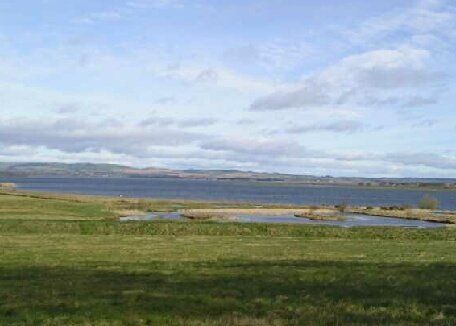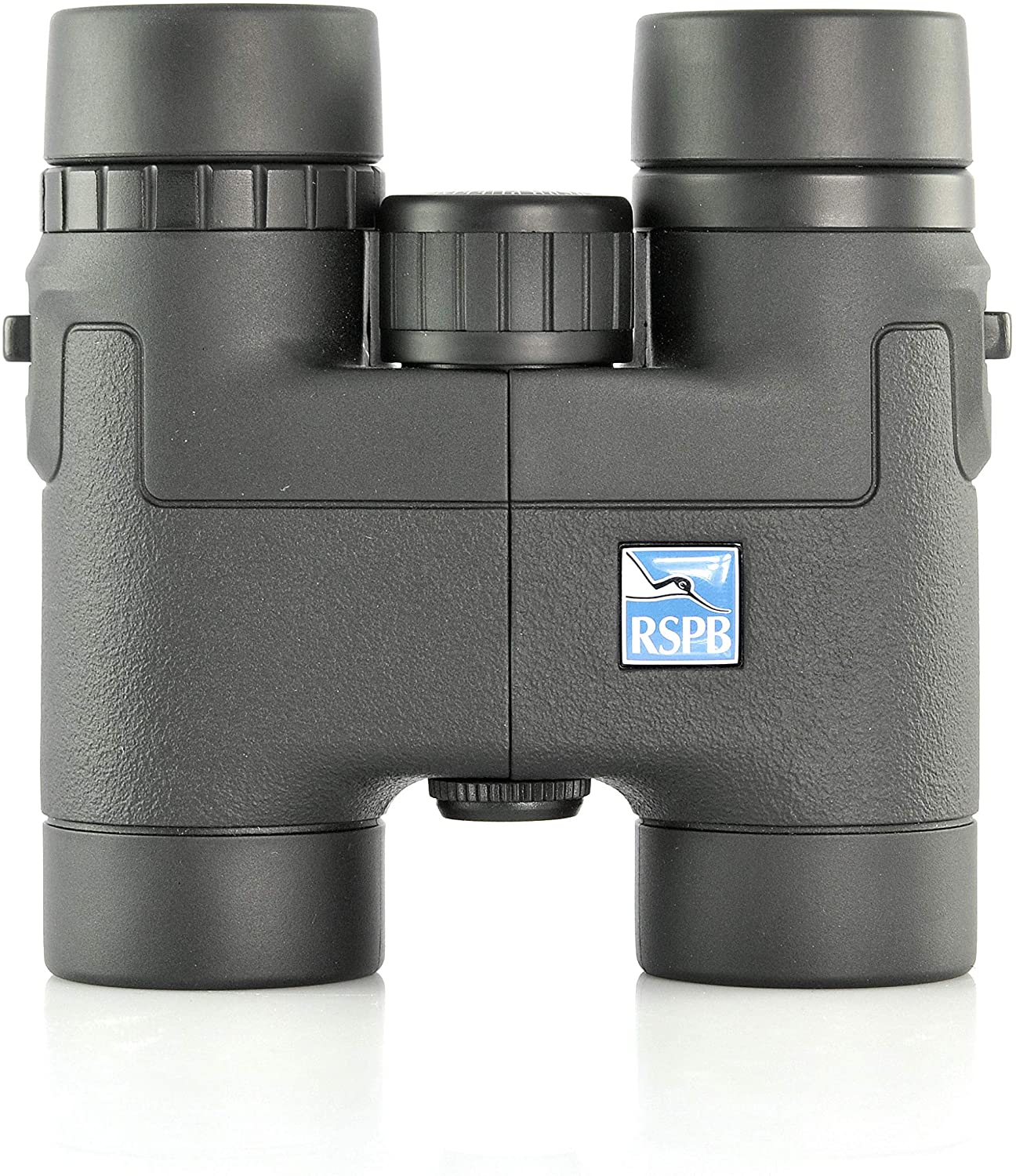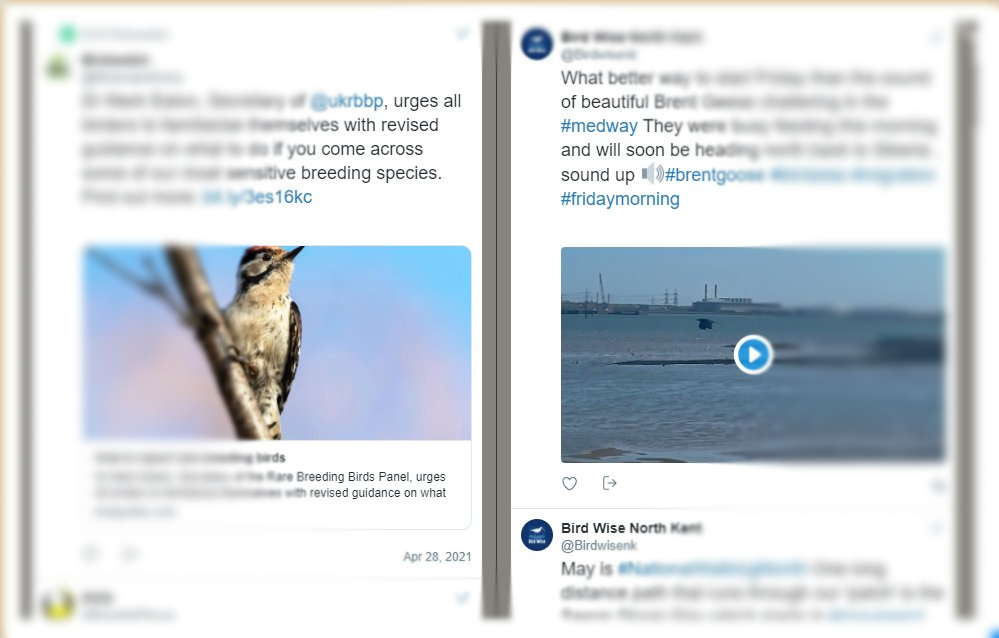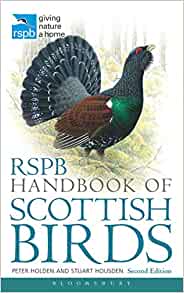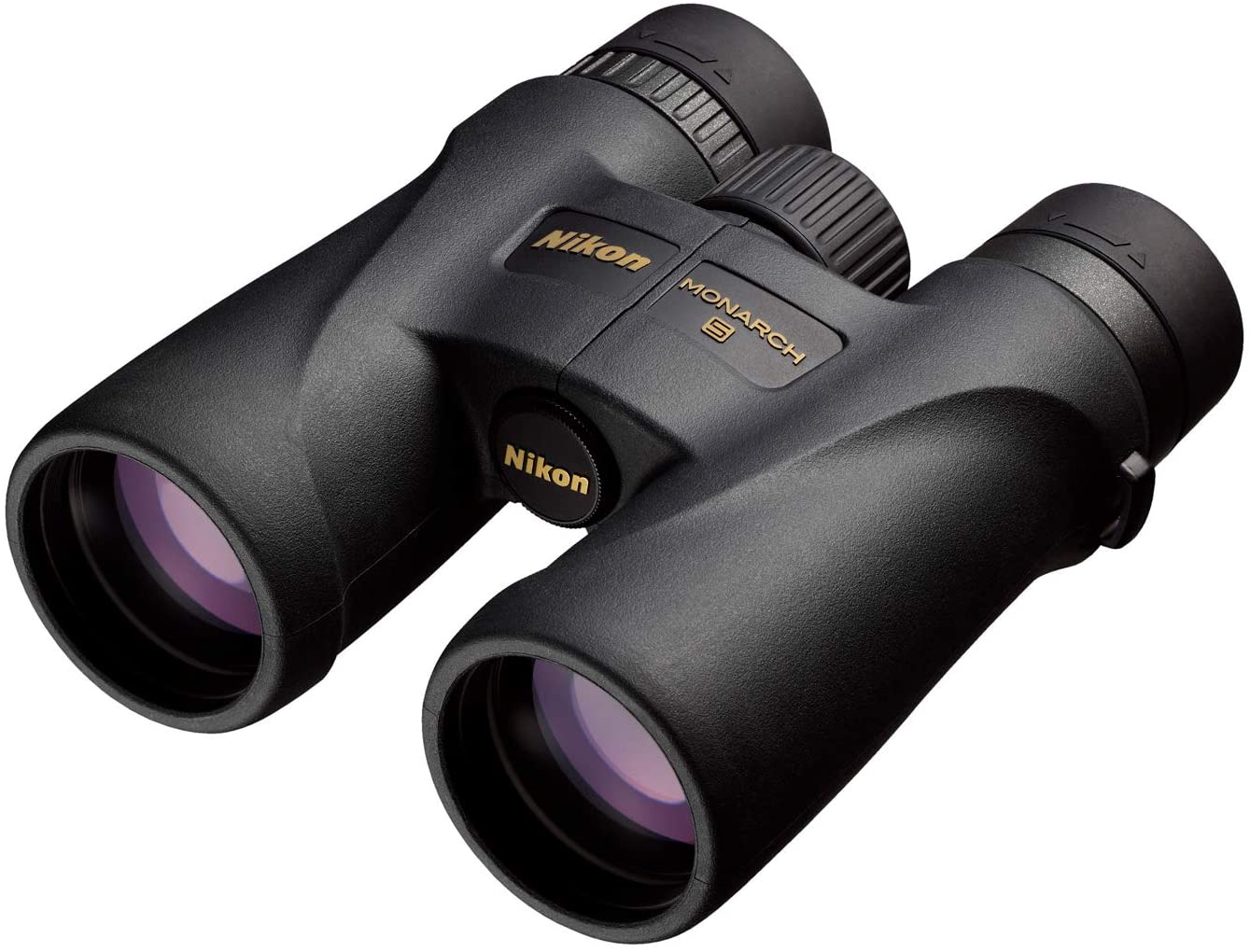Lying beneath the shadow of the Lomond Hills is Loch Leven, the largest loch in lowland Scotland and one of the most important sites for waterfowl in Britain. A National Nature Reserve since 1964, its position, size, shallowness, richness and variety of habitats provide a unique environment that attracts, not only the largest concentration of breeding ducks found anywhere in the UK, but many thousands of migratory ducks, geese and swans every autumn and winter.
Loch Leven hosts one of the largest concentrations of inland breeding ducks in Europe. Around 1000 pairs nest mainly in the loch's islands. The extensive shallows provide good feeding for dabbling ducks like mallard, shoveler, teal and gadwall. The slightly deeper water is highly suitable for diving ducks such as tufted duck and pochard. The large area of water offers space and security on a scale matched by only a few other inland waters and the islands provide ideal nesting places. St Serf's Island is the most important area: here, nesting birds are free from disturbance by people and foxes. The tussocks of vegetation provide cover for the nests and the birds benefit from being close to a colony of black-headed gulls. The gulls will chase off crows and jackdaws which take ducklings. Ducklings benefit from shoreline vegetation such as reed beds and overhanging willows because these are very good places to shelter and to find flies to eat.The most numerous breeding ducks are tufted duck and mallard, with smaller numbers of gadwall, wigeon, teal, shoveler and shelduck. As winter approaches, many thousands more duck begin to arrive from Scandinavia, Iceland and Russia to spend winter on the loch.More than 20,000 Pink-footed geese and smaller numbers of Greylag geese use Loch Leven as a stop over from Iceland and Greenland to their wintering grounds in the UK. Nearly all the world's goose population spend the winter in Britain, so the roosts around the loch are internationally important. Although many geese may move south from the loch during the winter months, several thousands remain to graze on the grassland within the Reserve or on the neighbouring barley stubbles and harvested potato fields.
Loch Leven is a haven not only for wildfowl, but also for waders such as lapwing, curlew, oystercatcher, redshank, snipe, ringed plover and common sandpiper. Wet grassland grazed by cattle and sheep are the favourite sites for these birds to breed. In late summer and early autumn, the water level of the loch becomes low, exposing a large expanse of invertebrate-rich mud where many wading birds feed after their migration from Iceland, Norway and Siberia. These include golden plover, dunlin, greenshank, ruff, spotted redshank, black tailed godwit, curlew sandpiper and little stint. These are wading birds which are more normally found on the coast. But they can be seen on the loch at this time of year when they take advantage of the ideal feeding conditions.
RSPB Scotland Loch Leven, Kinross KY13 9LX
We highly recommend the publications below to compliment your visit to this Region.
Back to Perth & Kinross Birdwatching sites

